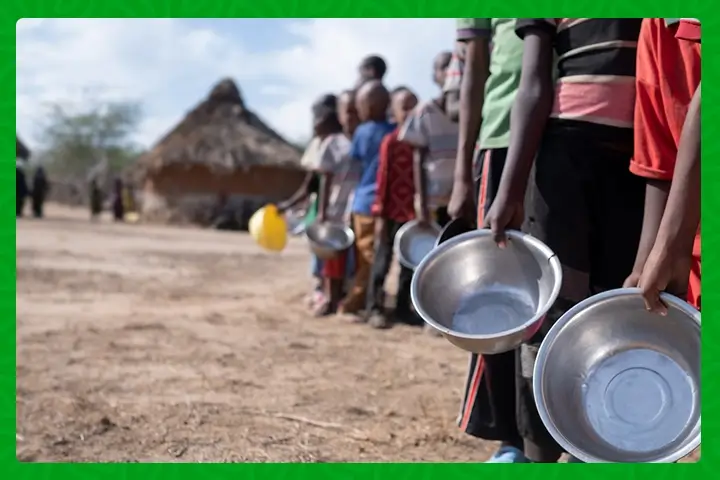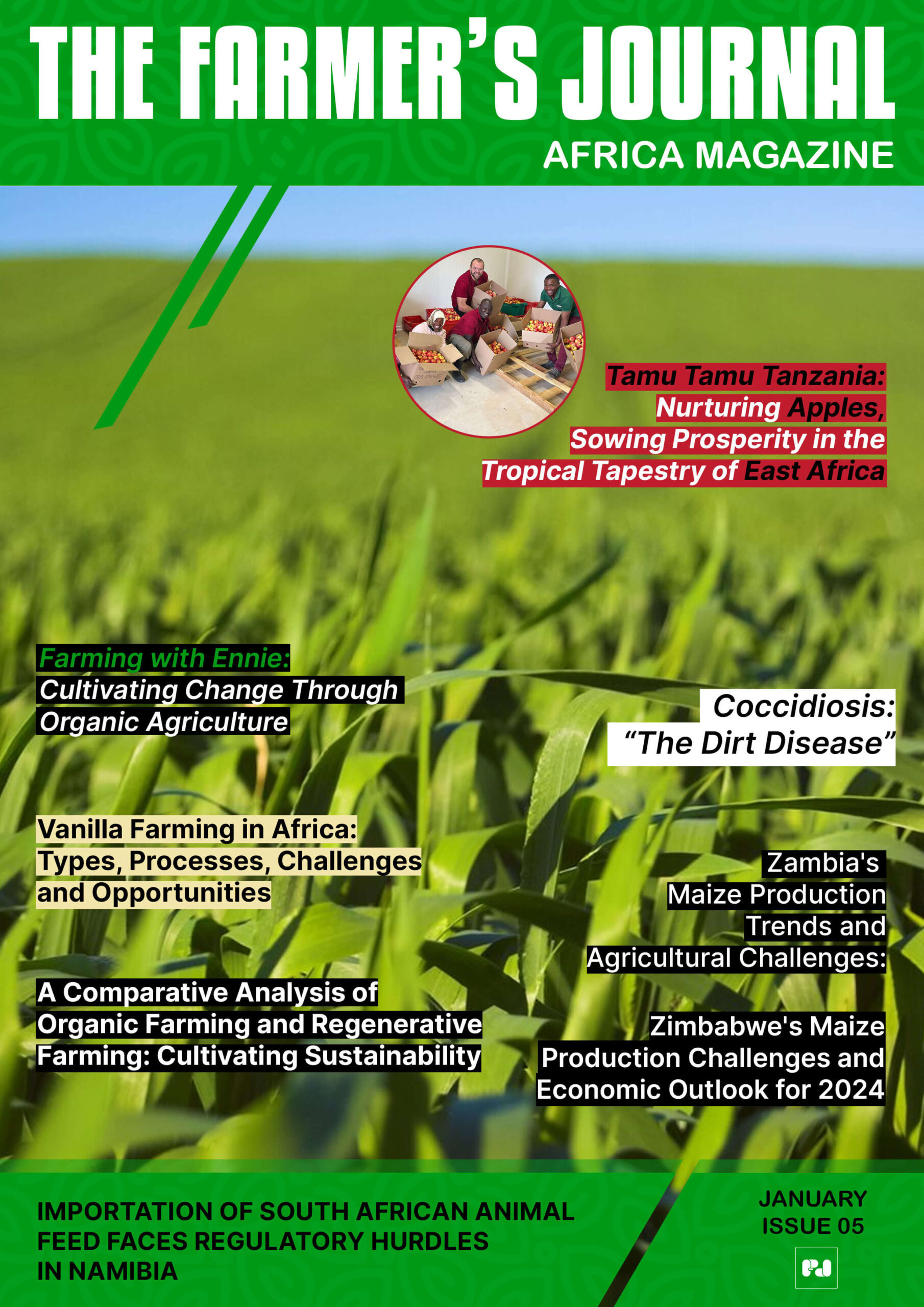
Zimbabwe is bracing itself for an exacerbation of its food security challenges as the World Food Programme (WFP) warns of impending disruptions in agricultural output. With projections of normal to below-normal rainfall between February and April 2024, compounded by the lingering effects of the El Nino-induced drought, the nation faces a critical juncture in its battle against hunger and food insecurity.
The Weather Factor:
The specter of El Nino looms large over Zimbabwe, casting a shadow of uncertainty over its agricultural landscape. WFP’s recent food security outlook paints a sobering picture, attributing the anticipated rainfall patterns to late starts and prolonged dry spells. These conditions not only hamper crop cultivation but also exacerbate the plight of farmers already grappling with depleted resources and fragile livelihoods.
Rising Concerns and Projections:
As meteorological forecasts paint a grim picture, Zimbabwe’s agricultural sector braces for a substantial downturn. Government projections suggest a staggering 16-percentage point drop, with the sector poised to register a -4.9% growth rate for the year. Such a decline not only jeopardizes national food production but also underscores the vulnerability of rural communities reliant on farming for sustenance and income.
Humanitarian Implications:
The repercussions of Zimbabwe’s deteriorating food security situation are dire, with millions facing the specter of hunger and malnutrition. According to WFP’s HungerMap LIVE monitoring platform, the number of individuals grappling with insufficient food has surged to 4.4 million—a marked increase from previous estimates. This surge in food insecurity, exacerbated by erratic rainfall and diminished agricultural yields, amplifies the urgency of humanitarian interventions to mitigate the looming crisis.
Livelihood Challenges and Economic Strain:
Beyond its immediate impact on food production, the adverse weather conditions have far-reaching consequences for Zimbabwe’s rural populace. Traditional sources of livelihood, including casual labor, livestock sales, and small-scale mining, are dwindling in the face of unfavorable climatic conditions. The resulting economic strain further compounds the vulnerability of households, exacerbating their struggle to access essential resources and services.
Addressing the Crisis:
Despite the bleak outlook, concerted efforts are underway to confront Zimbabwe’s deepening food security crisis. WFP’s comprehensive monitoring and assessment mechanisms provide crucial insights into the evolving situation, guiding targeted interventions and resource allocation. Additionally, collaborative initiatives between government agencies, humanitarian organizations, and local communities are essential in bolstering resilience and safeguarding vulnerable populations against the ravages of food insecurity.
As Zimbabwe confronts the dual challenges of climate variability and food insecurity, the need for decisive action has never been more pressing. By harnessing the collective resolve of stakeholders and prioritizing proactive measures, the nation can navigate through these turbulent times and build a more resilient and food-secure future for all its citizens. However, urgent action is imperative to address the immediate needs of vulnerable communities and mitigate the far-reaching impacts of the unfolding crisis.
Stay updated with the latest farming tips and agriculture industry news from Africa by subscribing to our newsletter. Don’t miss out on valuable insights and updates. Follow us on Twitter, LinkedIn, and Facebook to join our farming community and stay connected with us.



















